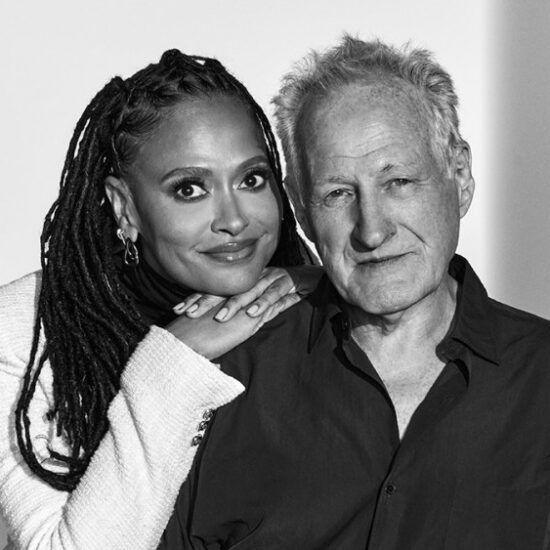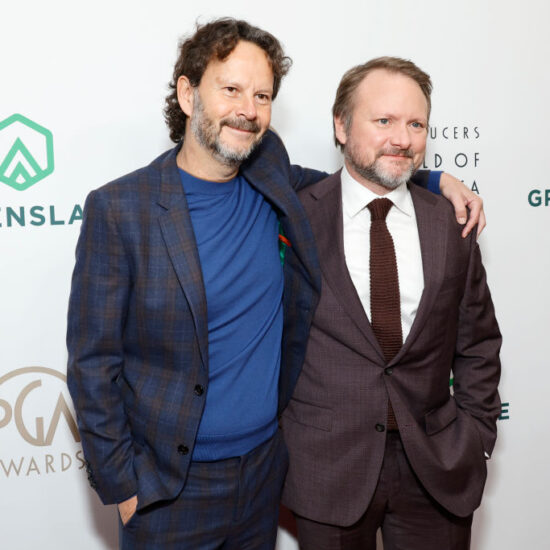
In the months following the end of World War II, the effort to prosecute the architects of the Holocaust also created our first and most searing collective visual/emotional perception of the Nazi era’s atrocities, because at the heart of what convicted the top Nazis at Nuremberg was the power of moving images and contextualized filmmaking.
Jean-Christophe Klotz’s fleet, gripping documentary “Filmmakers for the Prosecution” is the little-known story behind the original Holocaust documentary, the US-government-funded 1948 film “Nuremberg: Its Lesson for Today,” OSS officer Stuart Schulberg’s powerful summation of his and others’ work for the groundbreaking International Military Tribunal, which delivered an unprecedented judicial reckoning for the Third Reich’s war crimes. “Filmmakers” is also the strange, regrettable story of why that film – despite its hearts-and-minds importance as history—was shielded from post-war American audiences.
As World War II was ending, Hollywood scions and wartime soldiers Schulberg and his older brother Budd (he who would later write “On the Waterfront”) were tasked by John Ford, then head of the Film department at the Office of Strategic Services (OSS), to track down all the film and photographs they could find that would bolster the case to be made in Nuremberg in the fall of 1945.
Supreme Court justice Robert Jackson, America’s lead prosecutor, believed the strongest evidence to ensure conviction in this new realm of international justice was photographic and filmic, which intensified the pressure the Schulbergs were under, in only a few months’ time frame, to unearth what had never been seen before outside inner Nazi circles. Years of footage already edited and viewed in American newsreels, for instance, was deemed off-limits, because it could too easily form the basis for a tampering argument by the defense.
Klotz, with Stuart’s daughter Sandra as a producer (the film is adapted from her 2014 monograph), lays out a thrilling narrative of how the Schulberg brothers scrambled to chase leads and find that raw proof of conspiracy and criminality—film of rallies, meetings, pogroms, camps—before Nazi sympathizers could destroy it all first.
Sometimes they reached troves just after they’d been set aflame. In one memorable instance, recounted by Budd in an interview late in his life, they got lucky: racing to a Russian-seized German movie studio rumored to hold a mountain of footage, they discovered the Red Army captain in charge was, of all things, a stan of the Schulbergs’ Western-making, Oscar-winning, eyepatch-wearing boss, Ford. The power of movies, indeed. (And, John Ford, to be specific, whose cherished place in movie history can also be seen having an impact on a certain filmmaker as depicted in “The Fabelmans.”)
We also learn, from interviewed scholars (and English narration read by Jessica DiSalvo), how the Nuremberg courtroom was unprecedentedly set up to prioritize a film screen rather than a panel of judges, as well as to allow for simultaneous camera-and-sound recording of the hearings themselves. As courtroom dramas go, once the trial was underway, there may be no more powerful detail than the discernible impact Schulberg’s films—hours long assemblies called “Nazi Concentration Camps” and “The Nazi Plan”—had on the mostly unrepentant defendants’ demeanor. The evaporated smugness was one clue. The verdicts said it all.
But so has, in the years since, our collective understanding of scaled evil as people around the globe eventually saw the discovered film of book burnings, emaciated bodies, atrocities, and mass graves. What started as the Nazis’ sickly boastful record-keeping became, in the foresight of Jackson and the filmmaking diligence of the Schulbergs, the most shocking proof the world had ever seen of systemic inhumanity. According to DOJ lawyer Eli Rosenbaum, one of the film’s interviewees, the evidentiary principles Nuremberg forged are still guidelines today. (He’s now been tasked with prepping future accountability measures for the war in Ukraine.)
The power of film has one more twist, however, in “Filmmakers for the Prosecution” when it becomes a cautionary tale of how propaganda that was transformed into evidence, then into educational non-fiction, could be considered propaganda once more for a different reason. By the time Schulberg’s documentary retelling of that first trial was ready for wide release in 1948—with its riveting summary of historic accountability, including the starkest footage of Nazi evil the Schulbergs uncovered—the Cold War was in full swing. Any narrative that also presented, even truthfully, the Soviets as key allies was seen by the US government as sending the wrong message when Communists were now the enemy.
Effectively buried, only in the last decade has “Nuremberg: Its Lesson for Today”—thanks to Sandra Schulberg’s efforts—finally been released theatrically and made widely available. But that subtitle, now, thanks to Klotz’s sobering history, feels weightier than ever in this unsettling time for processing facts and manipulating the truth.















